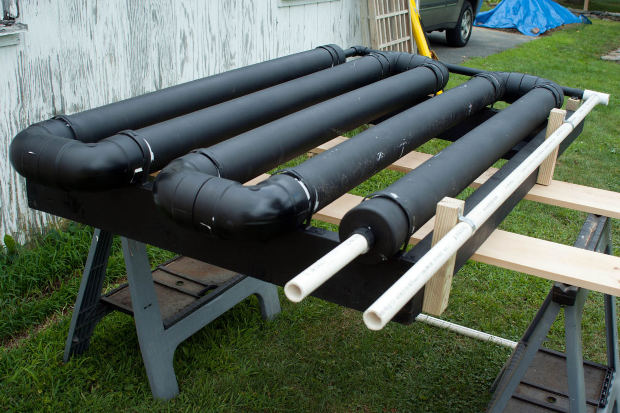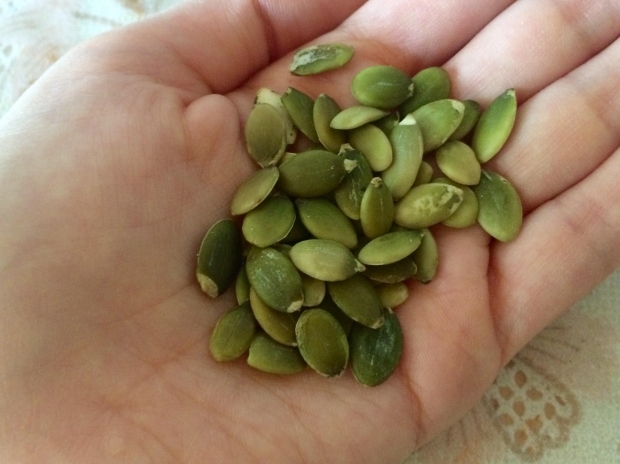
 Loading... Please wait...
Loading... Please wait...Save Money. Grow Your Own!
Fast Plain Box Shipping.
We ship to the US & Canada.
Posted on 13th Jul 2016
Why is PVC so popular among hydroponic gardeners?
Probably the same reason why it's so popular among shade tree plumbers, potato gun makers, or anyone who needs to really make something practical in a short period of time.
PVC is simply a versatile material. It can be cut, sawed and drilled, and stands up well to weather, and it's structurally durable, and it doesn't have the kinds of potentially harmful toxin runoff that softer plastics do. It's somewhat of a clean plastic, and a very strong one. It's easy to fasten and join together as well.
So how do you make use of this to put together a simple horizontal hydro system?
Here are some steps to making a particular kind of tray table system out of PVC. Using this material, you can set up nearly everything you need to raise plants in an indoor or outdoor space.

Set up horizontal pipes
Your tray table will be formed by larger PVC pipes of about 6 to 8 inches in diameter. You will be placing these pipes beside each other on a flat, level surface. You can actually make that flat level surface of a grid of other smaller PVC pipes.
Cut holes
The next step would be to create neat plant pot holder holes in the PVC. You may put in specific plastic plant pots, or you may just fill the PVC pipes with grow media and let the plant roots sit in it. Either way, you'll need a quality jigsaw or other tool to cut these round holes in the top of the PVC pipes. It's a good idea to have them cut according to the space recommendations that are printed on your seeds or seedlings to make sure plants have enough room to grow well.
Seal ends
Another step is sealing the ends of the PVC tubes. You want to make them water tight, so that you don't have leakage around the area. You can use things like flanges or ties to cap the ends of the PVC tubes with rubber caps.
Install piping and tubing
You’ll also need smaller pipes and tubes to get water into the pots. One easy way is to put a long and thin PVC pipe across the ends of each larger pipe and then set in nozzles or fasteners that will put the single water delivery tube down into each pipe and let it run the length of it. All of this infrastructure can be one end of the setup where another tube runs down to connect to the pump which is in the reservoir below.

a11
Set up frame for lights
If you still want to use PVC for the rest of the system, you can connect the small pipes in the existing frame to a small vertical setup that goes up from the tray table. You'll probably want these several feet tall, so that lights are high enough that they don’t burn plants. You also want to distribute lights in the middle of the system to reach plants equally. You may be adopting some type of ‘screen of green’ strategy or other canopy strategy to get plants to take in all of the light that they need.
With these basic steps, you've created a full hydroponics system using PVC pipe. As mentioned, you'll need the pump and the reservoir, and the grow media. You'll need to deliver nutrients upward from the bottom into the large pipes. You can use automated timers or other strategies to do this. It's up to you.
Along with that, you'll be checking your plants for proper temperature, humidity pH value. Over time, you'll find better ways to set up efficient plant cycles, but you can always count on durable PVC systems to stand their ground as long as you design them and install them correctly.